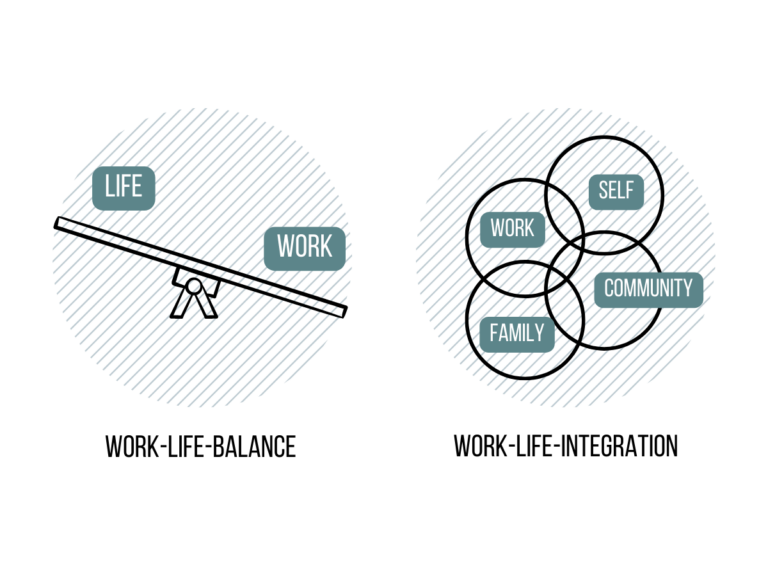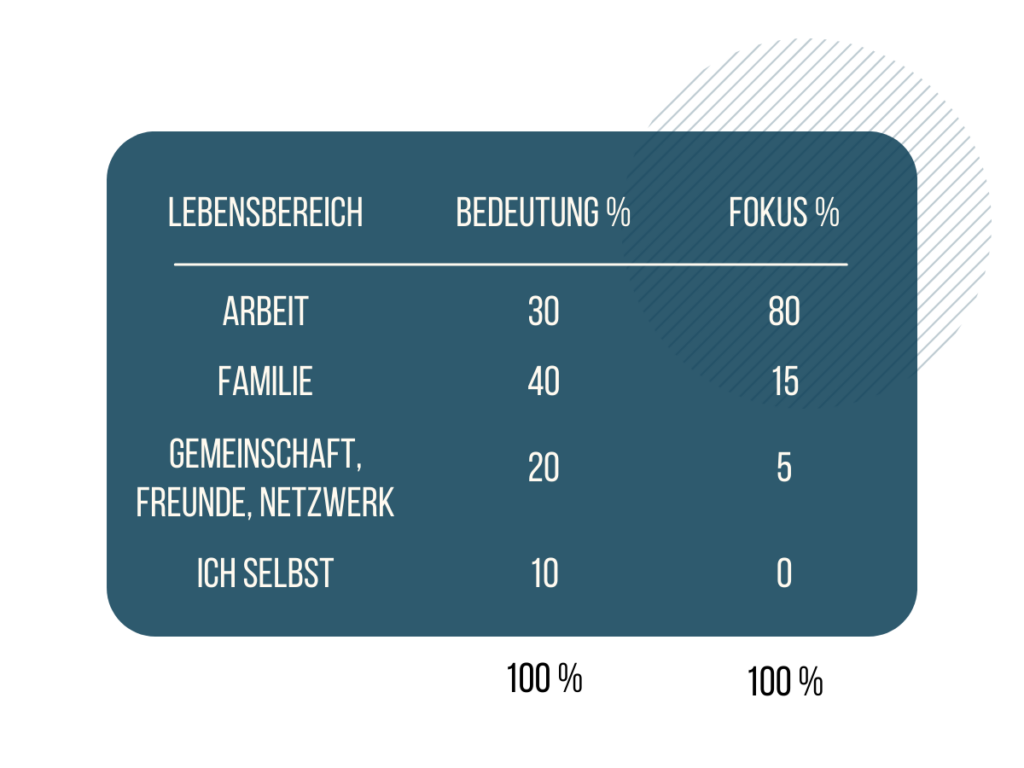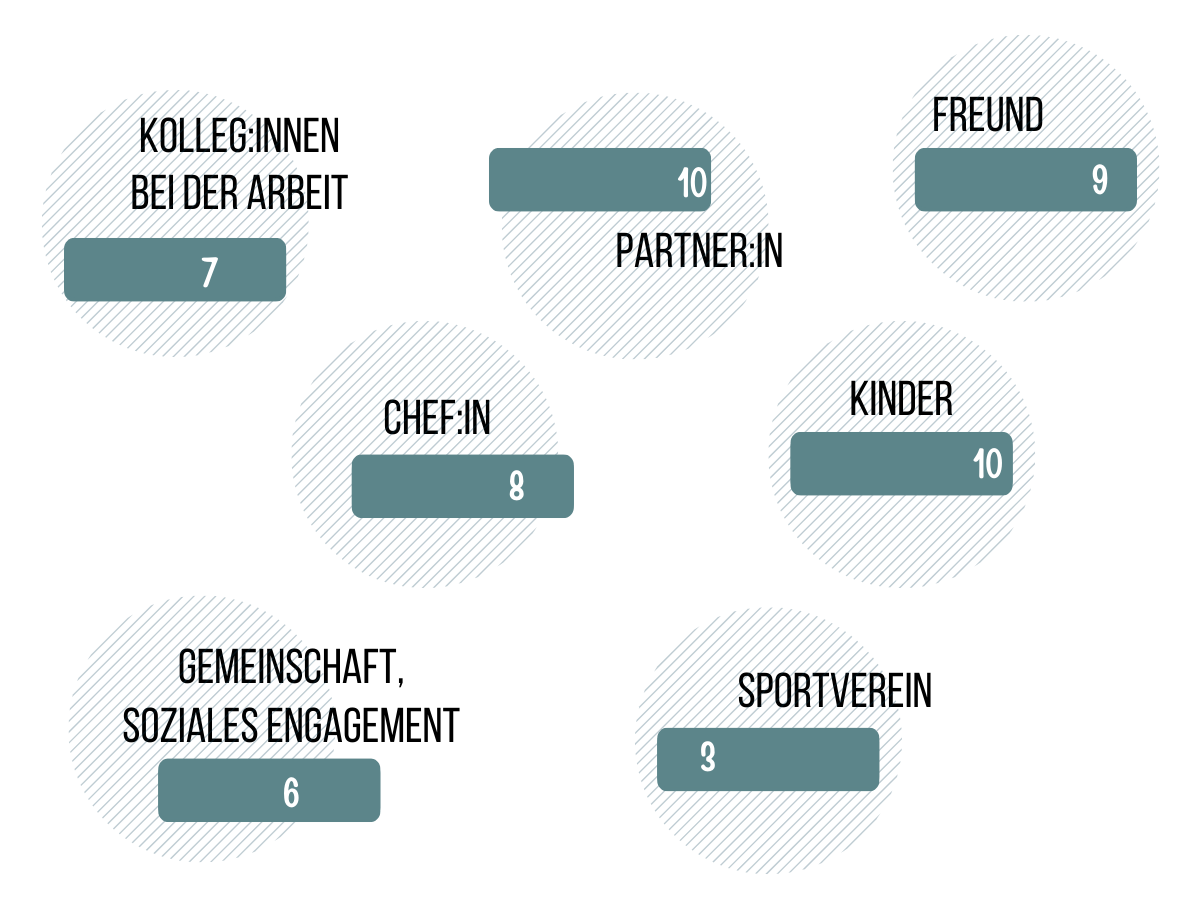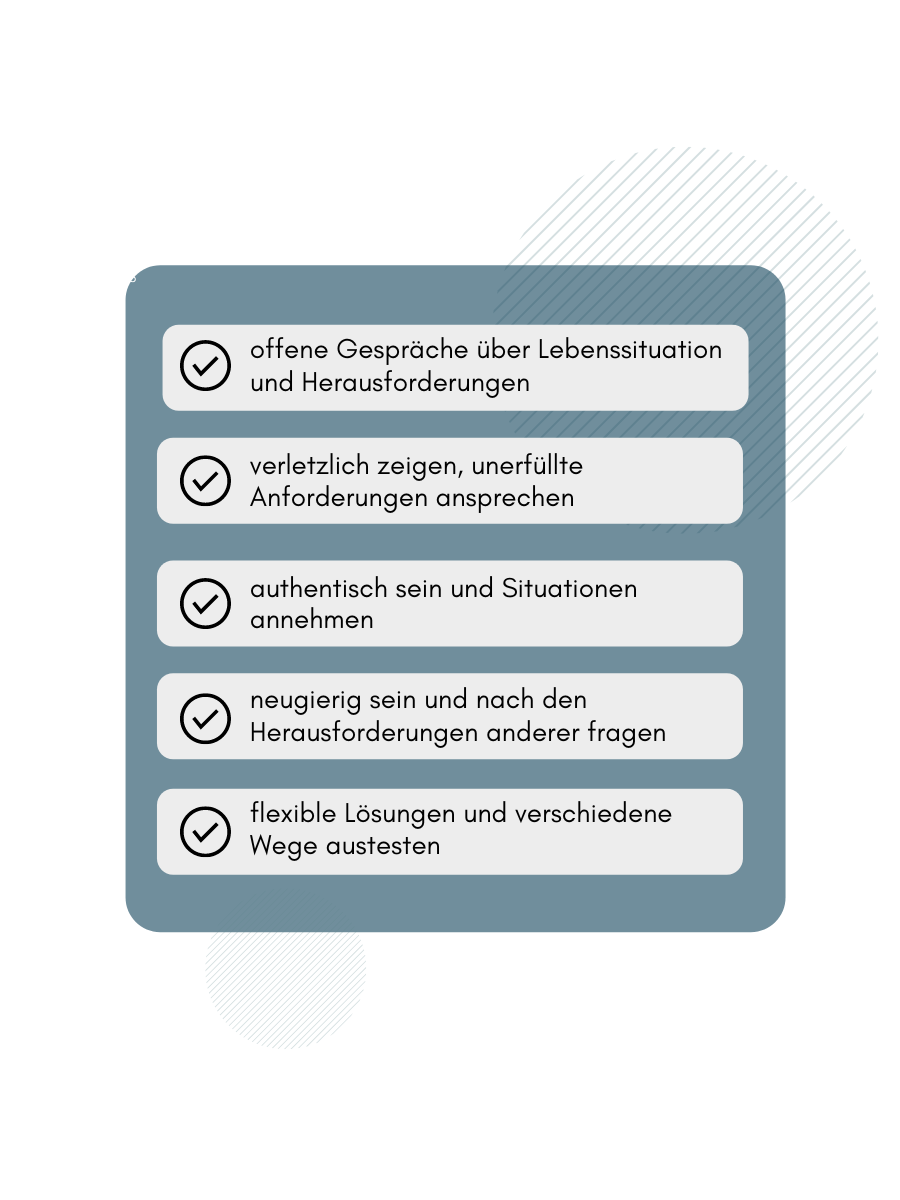
Yes, you read that right. Work-life balance was yesterday. In a digitally networked world, it is now much more a question of meaningfully connecting our spheres of life instead of strictly separating them from each other. Work-life integration is behind this approach. Work does not stop at the private sphere - home office says hello. In the same way, private life does not shy away from the world of work. Colleagues become friends and childcare becomes the No. 1 factor influencing working hours. One thing quickly becomes clear: private life and work life challenge us in equal measure. The transitions are fluid, sometimes even imperceptible. Work-life balance no longer works that way, but what is the alternative?
Rethinking professional and private life
How can we rethink work and private life? After all, we don't know any other way than to strictly separate working time from free time. On top of that, we have made great efforts to make this separation possible. Work-life integration, on the other hand, is no longer about balancing the spheres of life. It is about It is about managing the overlaps. Or we can go one step further: what if the overlap of work and private life even offers completely new potentials? A fundamentally new mindset that challenges our previous worldview of balance. In the concept of balance, private life must be in balance with professional life. If one side gets an "overweight", the balance is no longer established. And that is precisely the catch: it should not be about a mutual balancing, but rather about a cross-fertilisation of the different areas of life.

Organisations now have a unique opportunity to activate the full potential of their employees. Because there, Because where the demands are more disruptive than ever, the solutions can be too. It is high time to leave behind the well-trodden paths and the myth of the 9-to-5 employee. Instead, we need to use the targeted design of teamwork to enable healthy work-life integration for all employees. Especially when the various forms of agile and location-independent working are practised in organisations and the team does not often see each other in person.

The self-analysis.
In order to successfully integrate our own areas of life into this concept, we have to be clear about a few things. This is the only way to achieve an authentic integration of all activities. Prioritising important areas and adjusting our own energy distribution accordingly is a good start. What demands do we place on ourselves? How important are certain topics for us right now? Try to make a classification using a table and you will very quickly realise where there is still a need for action. What are the consequences of the current distribution? How satisfied are you with it? What adjustments do you have to make (importance or focus) in order to make your ideas come true?


The preferences of your stakeholders are almost as important. To get an idea of this, first note down the names of all stakeholders. Categories help you to name and sort the most important people from the individual areas. Then try to answer the question: What is the most important thing this person needs or wants from me? Weight these expectations on a scale of 1 to 10, where a low score means that you are not currently meeting the expectations and a high score means that you are meeting the expectations.
The exchange with your environment is important
This self-analysis can serve as a basis and concrete basis for discussion. Do your requirements coincide with those of your stakeholders? Where is the greatest potential for conflict? What could solutions or ideas look like to resolve them?
Admittedly, this all sounds very theoretical. Connecting all areas of life in a meaningful way so that potential can be created from them is challenging. Especially if you are alone with this approach and neither the team nor the organisation support you. Because this support is also indispensable with regard to future, hybrid ways of working, which are automatically connected with work-life integration.
Living work-life integration in everyday life
Creating clear framework conditions is conducive to any kind of cooperation. Therefore, you should be open about how, when and where you practice work-life integration. For example, by disclosing how you organise yourself and where you prioritise your private life. This opens up the discussion about fundamental questions of cooperation and the different prioritisation and distribution of tasks. An open atmosphere creates space and opportunity for work-life integration.
What are concrete tips for implementation?
Set a good example: Use opportunities for open communication to talk about your current situation. What are your four most important areas in life and how do they affect you at the moment? Ask your teammates about their areas.

Speak out clearly when you cannot reconcile demands from different areas of your life at the moment. This is how you show yourself vulnerable. This is especially true if you do not prioritise work at times. For example, an explanation could be: "I cannot schedule the meeting at this time because I am taking care of my children at that time". This creates trust and a great sense of togetherness, as everyone is facing similar challenges.
If certain situations are mentally challenging for you, acknowledge it. This way you can show yourself authentically in your team. The best way is to use examples from different areas of life (e.g. "I miss the personal exchange at lunch with colleagues"). Resist the temptation to have an immediate solution for everything. Sometimes there is no solution for the time being and that's okay. Resilience also means enduring situations.
Curiosity makes honest exchange possible.
Try to understand the challenges of others and be curious. Ask: What areas of life do your colleagues currently have to reconcile? What specifically are you finding difficult? Even if they prioritise different areas of their life than you do (e.g. the newly married father vs. the colleague who is doing everything for work).
